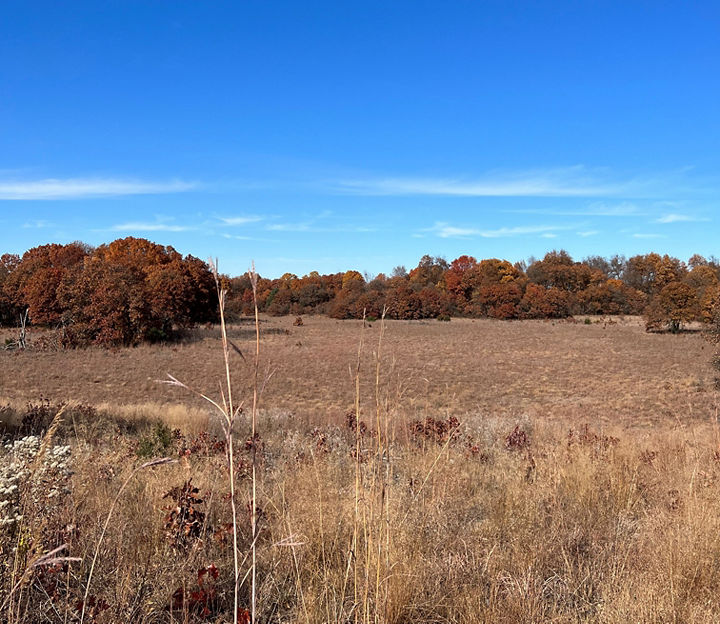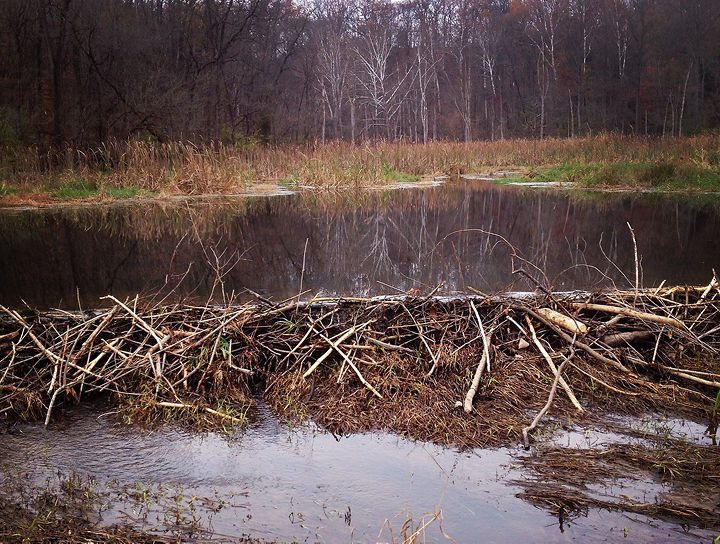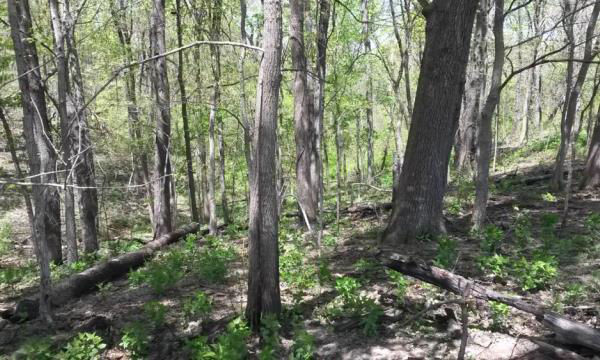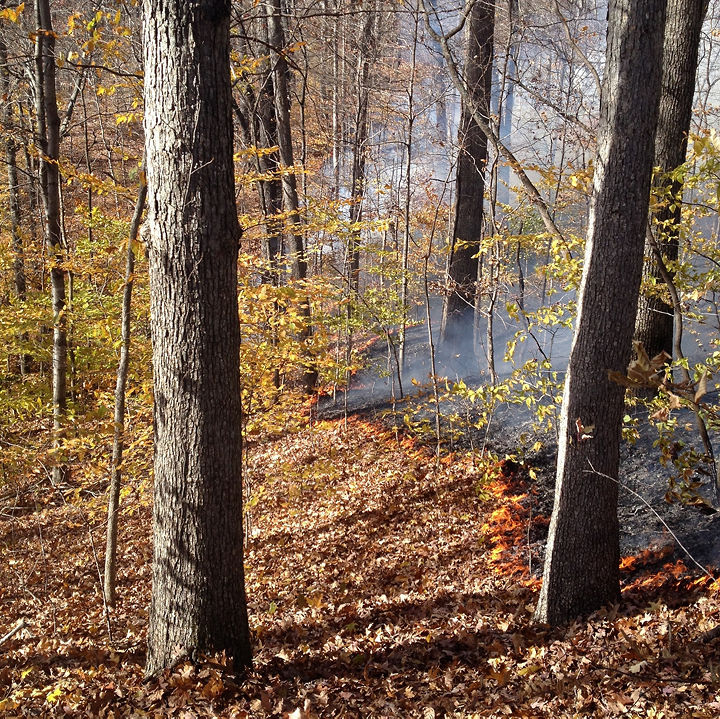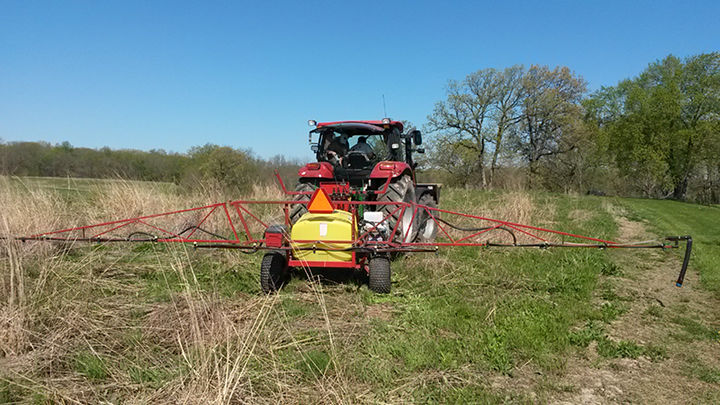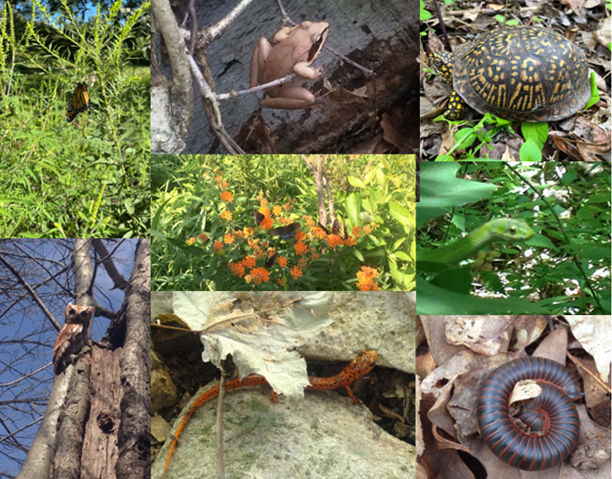Welcome to the Conservation Stewardship Program
- Teaser0
- Teaser1
- Teaser2
- Teaser3
- Teaser4
- Teaser5
Among the many challenges the state of Illinois faces in its effort to manage its natural resources is preserving and enhancing biological resources in a landscape that is more than 90% privately owned. The Conservation Stewardship Program (CSP) is designed to encourage landowners to manage their land in order to protect Illinois’ limited environmental resources. Landowners outside of Cook county who have at least five acres of unimproved land and are willing to commit to developing and implementing a habitat management plan for their property may apply for CSP in exchange for reduced valuation of property taxes.
CSP priorities are to: promote the restoration of native species; reduce the impacts of invasive species; protect, restore, and enhance species in the greatest need of conservation; and reduce forest fragmentation in Illinois.
Please read Why Management is Necessary and Why CSP?
The pictures above illustrate some important management goals:
- Prairie habitat is incredibly important throughout Illinois. Everything from pollinator insects to white-tailed deer can utilize prairies. Accepted managment practices include conservation mowing (no bailing), strip disking, prescribed fire, woody & non-woody invasive species control, and wildlife structure construction.
- Wetlands, ponds and lakes play crucial roles throughout the Illinois landscape. Water filtration, flood reduction and providing vital habitat name a few. Countless species of fish, mussels, crayfish, amphibians, reptiles, birds and mammals utilize these habitats for all or a portion of their life cycle. Accepted management pracitces include fish stocking, fish and wildlife stucture construction, woody/non-woody invasive species control, aquatic vegetation conrol, and desired vegetation establishment.
- Improving forest habitat on your land can increase plant and animal diversity. Much of Illinois' forested habitats have sat neglected for decades and anthropogenic intervention is necessary to restore our forests to high-quality habitat. Accepted management practices include tree planting, woody/non-woody invasive species removal, prescrived fire, consturcting wildlife structure, and timber harvest.
- Prescribed fire is on of the most cost-efficient tools for managing Illinois' terrestrial habitats. Always consult professional help, obtain an approved burn plan, and any necessary permits before implementation. Fire can assist in desired species recruitment, site preparation, and non-native invasive species control.
- Herbicide use is necessary in the successful management of large acreage of land. Herbicide, when applied according to label direction, can be used to prepare land for planting, controlling competition in tree plantings, and in eliminating non-native invasive species and undesirable tree species.
- Proper management of land will result in increased wildlife occurence! CSP lands are hosts to many species of mammals, mussels, birds, insects, amphibians, reptiles, plants, and trees.
- Phone number - 217-785-8284
- Email Address: dnr.csp@illinois.gov
- Mailing address:
Illinois Department of Natural Resources
Conservation Stewardship Program
One Natural Resources Way
Springfield, IL. 62702


